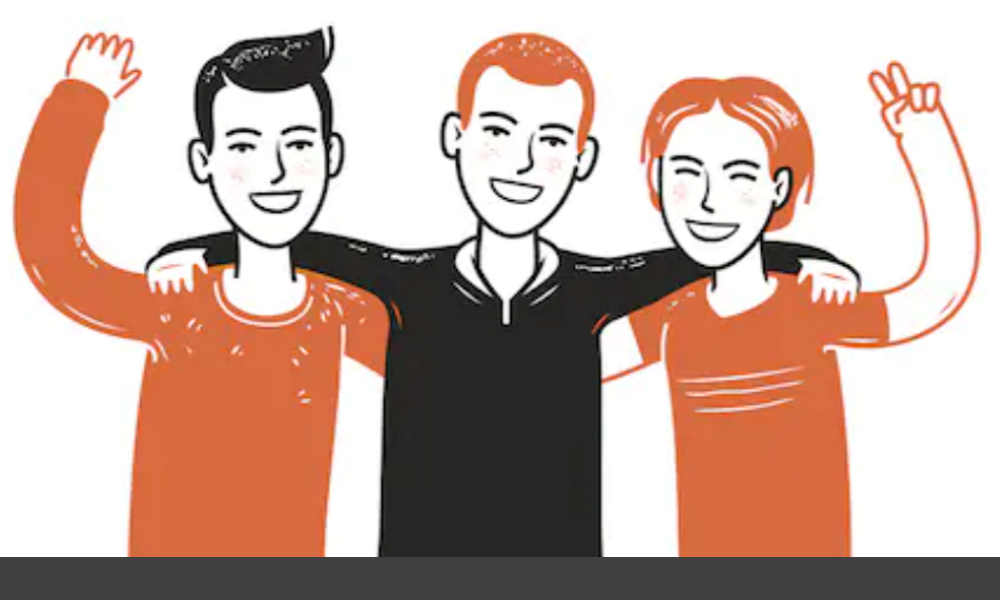I![]() n a long-awaited decision, California leaders have moved to close the state’s youth correctional institutions managed by the Division of Juvenile Justice (DJJ). Throughout its 80-year history, DJJ has come under harsh criticism for its prison-like conditions, rampant violence and dramatic racial disparities among youth behind its walls.
n a long-awaited decision, California leaders have moved to close the state’s youth correctional institutions managed by the Division of Juvenile Justice (DJJ). Throughout its 80-year history, DJJ has come under harsh criticism for its prison-like conditions, rampant violence and dramatic racial disparities among youth behind its walls.
Recently, the rapid spread of COVID-19 inside DJJ facilities sparked community outrage. Youth at DJJ were already exposed to traumatic conditions. Now, amid the COVID-19 pandemic, they experience further isolation from family and peers as well as a severe lack of rehabilitative programming. This public health crisis exposes DJJ’s inherent flaws and patterns of neglect.

Renee Menart
On Aug. 31, legislators voted to pass Senate Bill (SB) 823. The bill establishes a process for realigning the state’s juvenile system by shifting responsibilities from DJJ to local systems in the coming years. On Sept. 30, Gov. Gavin Newsom signed SB 823 into law. This ends decades of harm inflicted upon youth and their families at the hands of the state.
The current process to close DJJ began in May when he proposed juvenile justice realignment in his revised 2020-21 state budget proposal. However, this concept is not new. The Center on Juvenile and Criminal Justice (CJCJ) has long recommended the closure of DJJ, following the legacy of CJCJ founder Jerry Miller, who famously closed Massachusetts’ youth correctional system in 1972. Most recently, CJCJ outlined a process for closing DJJ institutions in favor of local alternatives after shedding light on dangerous conditions inside these state-run facilities.
Plan offers promise for local alternatives
California began the process of juvenile justice realignment in 2007 when the state restricted DJJ to youth with certain serious offenses and invested in local alternatives. In 2009, California’s Legislative Analyst’s Office, an expert nonpartisan fiscal and policy agency, proposed fully transitioning juvenile justice responsibilities to counties. California Gov. Jerry Brown revisited a plan to close DJJ as part of his proposed budget for fiscal year 2012-13. However, through the years, DJJ has remained open at an astronomical cost to California’s taxpayers and communities.
This year, concerned organizations worked together to press state leaders to “Close DJJ the Right Way” with the policy outlined in SB 823. It establishes meaningful oversight, funding for community programs and protections for youth at risk of transfer to the criminal justice system. This offers a unique opportunity to improve local approaches to juvenile justice in alignment with youth development, health and racial justice.
Youth of color harmed the most
Across the United States, rampant racial disparities exist throughout the criminal justice and juvenile justice systems. Youth of color face disproportionate contact with law enforcement and correctional systems. For example, Black youth accounted for 17% of the youth population in 2010, but 31% of all arrests. These disparities grow at nearly every step in the justice system — from arrest to court referrals and from confinement to transfers into the criminal justice system.
A recent fact sheet by the CJCJ, W. Haywood Burns Institute and the California Alliance for Youth and Community Justice examines the grievous racial and ethnic disparities at various points in the juvenile justice system. These disparities are greatest among youth sent to DJJ. Black youth are 31 times more likely and Latino youth are five times more likely to be committed to DJJ than their white peers.

In the United States, 48,000 youth are confined in correctional facilities. In California, nearly 800 youth were confined in DJJ’s prison-like institutions as of June. This population is primarily made up of Latino youth (59%) and Black youth (29%), while only 7.7% were white youth. Black and brown youth experience the greatest harms of punitive justice system responses and will be most impacted by the process of juvenile justice realignment.
National reform efforts have helped reduce the number of youth transferred to adult court and, in some cases, prison. In recent years, California has enacted policies to protect youth from the harms of the criminal justice system. Proposition 57 ended the practice of prosecutorial direct file to adult court and Senate Bill 1391 ended adult court transfers for youth under 16. These reforms bring the state’s court decisions into closer alignment with research-based best practices that emphasize youth development.
From 2008 through 2019, transfers to adult court declined by 95% in California. Through juvenile justice realignment, the state can focus its resources on innovative programming that better supports high-needs youth at the county level. Investments in local alternatives to DJJ can guard against any increase in youth prosecuted as adults. County partnerships with community-based organizations are critical to meeting youths’ developmental needs, engaging families and ensuring successful reentry.
Brighter future for communities
Cycles of institutional scandals followed by public outcry have persisted throughout DJJ’s decadeslong history. Now, California has the opportunity to break this cycle. State leaders and local communities can work together to bring its juvenile justice system into the 21st century by addressing the damages of youth incarceration and its disparate impact on youth of color.
Community-based service providers are eager to support high-needs youth. Amid youth crime declines nationally, state and local leaders have a critical chance to transform approaches to youth justice. Together, we can confront systems that have consistently failed youth of color and invest in a long-term vision for our diverse communities.
Renee Menart is a communications and policy analyst with the Center on Juvenile and Criminal Justice in San Francisco.

Pingback: California Reforms a Model for Overhauling Youth Justice: Paper | Crime of Passion | Crime of Passion News
Pingback: California Reforms a Model for Overhauling Youth Justice: Paper – The Daily Police
Pingback: California Reforms a Model for Overhauling Youth Justice: Paper | The Crime Report
YES!!! MURDERERS AND RAPISTS ARE PEOPLE TOO.
Yea!!!!!!!!!!!!!!!!!!!!